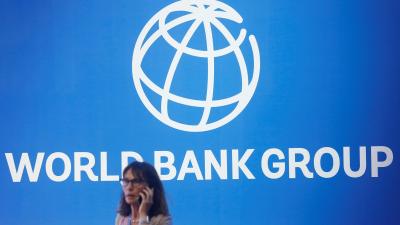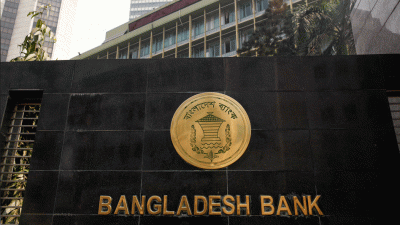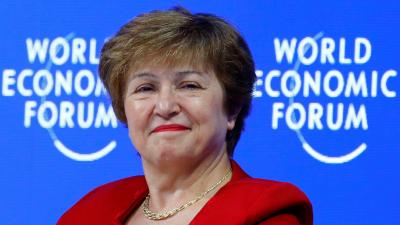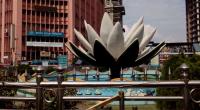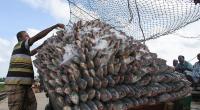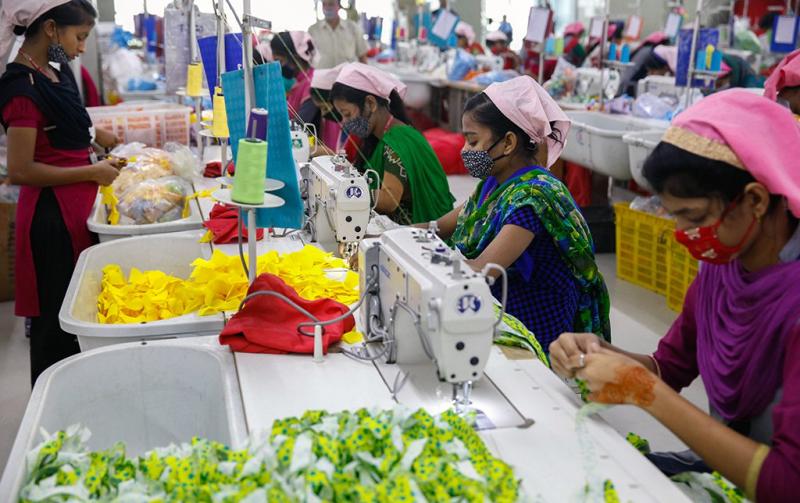 The government of Sheikh Hasina has introduced consistent policies, stable trade relations with global partners, and persistent development efforts for poverty alleviation resulting strong macro-economy stability.
The government of Sheikh Hasina has introduced consistent policies, stable trade relations with global partners, and persistent development efforts for poverty alleviation resulting strong macro-economy stability.
The stability has acted as the main catalyst for Bangladesh to attain the eligibilities of a developing country status under the leadership of Sheikh Hasina during the last two tenures of her government.
Members of the business community and economists said Sheikh Hasina's boldest and most laudable initiatives for the country's economy are her attention on power generation and mega projects for improving infrastructure, reports Dhaka Tribune.
The Federation of Bangladesh Chambers of Commerce and Industry (FBCCI) President Shafiul Islam Mohiuddin said: “After forming the government, Prime Minister Sheikh Hasina had made a serious effort to break down barriers such as energy crisis and infrastructural inefficiency for boosting business.
“Under her leadership, Bangladesh has shown extraordinary performance in electricity generation, which paved the way for new investments, a key element to create jobs for alleviating poverty.”
‘A benchmark in development strategy’
The country’s power generation capacity was 4,942MW when the Awami League-led government took office in 2009. Over the years, this capacity surpassed 13,000MW.
As of July 7, Bangladesh generated 11,059 MW of electricity, the highest in its history.
“This trend of consistent development is lauded in the global arena, and Prime Minister Sheikh Hasina’s leadership made all of this possible,” said Shafiul.
Economic indicators such as GDP growth, export earnings, remittance inflow and investments from the private sector have witnessed stable growth, which is being boosted by a strong investment policy.
Echoing the same view, Policy Research Institute (PRI) Executive Director Ahsan H Mansur said: “Under the present government, the Planning Commission has done a good job, as there was good consistency. It has set a benchmark in making five-year plans and setting development strategy.
“A strong fiscal policy is the reason behind the strong stability of Bangladesh’s macro-economy.”
Mansur added: “For the most part, Bangladesh's international trade was quite good and performed well, which helped to increase dollar income in the last couple of years.”
Moving forward
According to data compiled by the United Nations Conference on Trade and Development, Bangladesh’s per capita income went up by 39.11%, from $974 in 2013 to $1,355 in 2016.
This upward trend helped Bangladesh meet three important indicators in gross national income per capita, human assets index, and economic vulnerability index, allowing the country to graduate to a developing nation.
“Achieving developing country status was a political statement, but it was possible because of consistent economic performance,” said Mansur, adding that though there are delays, a good number of mega projects are progressing on schedule.
“Hopefully, these projects will be completed under the leadership of Prime Minister Sheikh Hasina. When these projects are completed, the economy of Bangladesh will reach new heights, due to the ease of doing business here,” Mansur said.
Bangladesh’s GDP has also shown steady growth over the past few years.
In the last fiscal year, Bangladesh witnessed a 7.65% GDP growth (provisional). For the FY2018-19, Bangladesh has set a GDP target of 7.8%.
“Bangladesh Economy is on the right track for growing faster and faster in years to come, following completion of the mega projects taken to improve infrastructure, especially Padma Bridge and the Dhaka-Chittagong Highway,” said Abdus Salam Murshedy, a former president of Bangladesh Garment Manufacturers and Exporters Association (BGMEA).
He added: “GDP continues to outperform the government target and export earnings to register strong double-digit growth as investment from home and abroad witness boost.
“The government has prioritized completion of some of the Special Economic Zones (SEZ) out of 100 across the country. There will be no scarcity of investment in Bangladesh, as we are readying ourselves with SEZs to welcome investment from home and abroad.”
Dream becoming reality
The prime minister's dream of “Digital Bangladesh” is no longer a vision, it is a reality. A farmer can know the prices of products on the market from the comfort of his home. Digitization in services has added a new dimension to expedite the business, making it hassle-free.
Due to government measures aimed at promoting the ICT sector, Bangladesh has turned into a hub for ICT outsourcing.
According to a study conducted by Oxford University, Bangladesh now contributes around 16.8% of all outsourced online workers in the world, a rate that is second only to India, at 24.6%.
Under the Professional Outsourcing Training Programme, the government has set a target for training 13,000 unemployed people in three key ICT areas: graphic design, web design and development, and digital marketing.
Of the target, a total of 11,920 people have already completed their training.
Bangladesh has already outperformed in social indicators such as child mortality rate, gender equality, and life expectancy compared to other South Asian countries.
This is a result of government initiatives focused on providing education and health services to marginalized people, and social safety-net programs.
According to data compiled by the World Economic Forum, Bangladesh has jumped 25 notches, to 47th place from 72, in the Global Gender Gap ranking 2017.
The average life expectancy of Bangladeshi citizens is 72 years, compared to 68 years in India.
Bangladesh has also brought down the child mortality rate by 73% over the last 25 years, along with achieving the target of reducing the under-five mortality rate.
 Business
Business
30714 hour(s) 2 minute(s) ago ;
Noon 12:56 ; Thursday ; Apr 18, 2024
Consistent policies become boon for economy
Send
Ibrahim Hossain Ovi
Published : 03:00, Jul 13, 2018 | Updated : 03:00, Jul 13, 2018
Published : 03:00, Jul 13, 2018 | Updated : 03:00, Jul 13, 2018
0 ...0 ...
/hb/
Topics: Top Stories
- KOICA donates medical supplies to BSMMU
- 5 more flights to take back British nationals to London
- Covid19: Rajarbagh, Mohammadpur worst affected
- Momen joins UN solidarity song over COVID-19 combat
- Covid-19: OIC to hold special meeting
- WFP begins food distribution in Cox’s Bazar
- WFP begins food distribution in Cox’s Bazar
- 290 return home to Australia
- Third charter flight for US citizens to return home
- Dhaka proposes to postpone D8 Summit
Unauthorized use of news, image, information, etc published by Bangla Tribune is punishable by copyright law. Appropriate legal steps will be taken by the management against any person or body that infringes those laws.
Bangla Tribune is one of the most revered online newspapers in Bangladesh, due to its reputation of neutral coverage and incisive analysis.
F R Tower, 8/C Panthapath, Shukrabad, Dhaka-1207 | Phone: 58151324; 58151326, Fax: 58151329 | Mob: 01730794527, 01730794528

